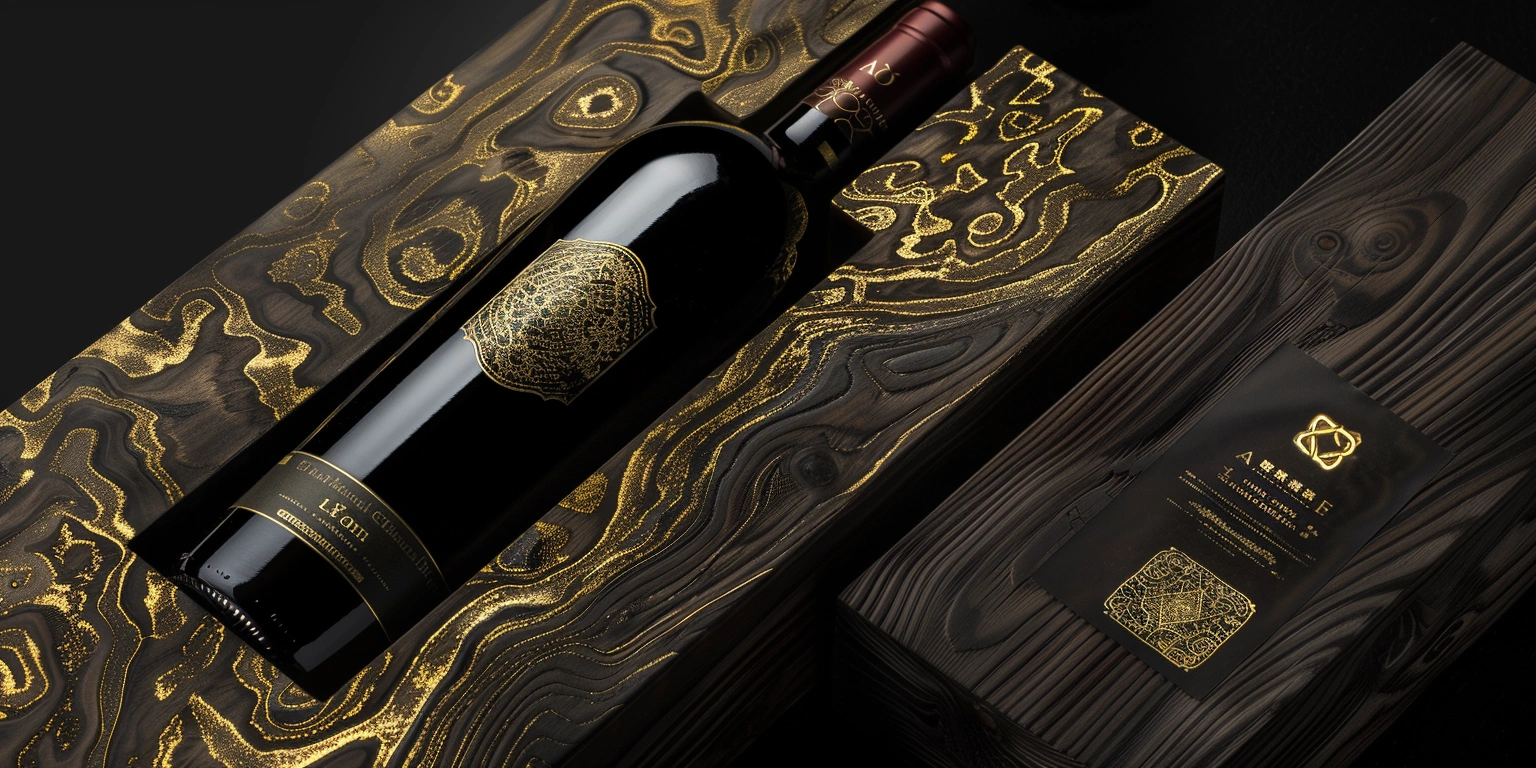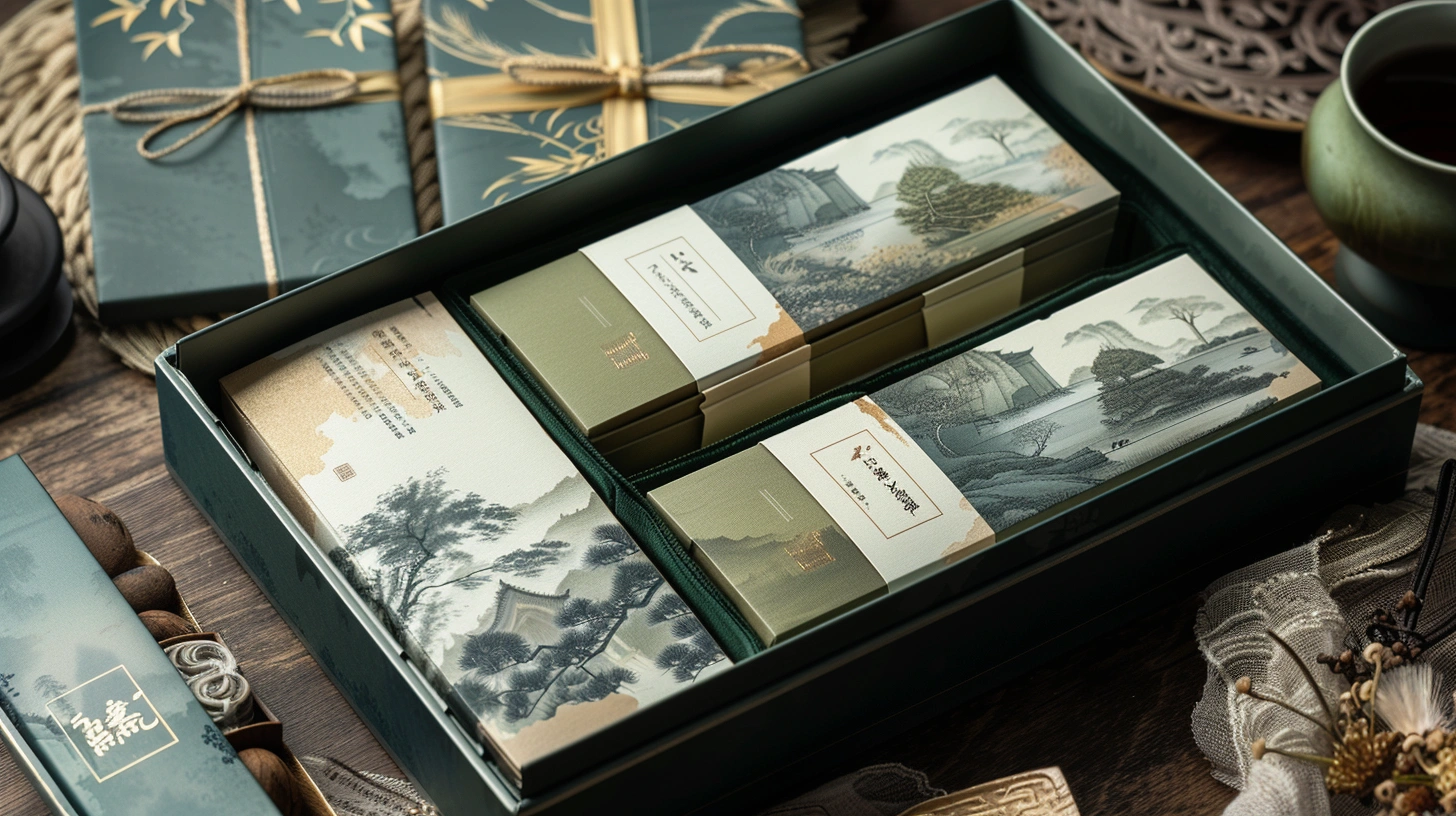
Enhancing Logistics Efficiency: The Application of XrheaBox in Supply Chain Management
Lead — conclusion: Logistics cycle time and chargebacks can be reduced in one planning window when packaging execution is tied to verifiable print-performance gates and retailer audit rules.
Value: For a mixed retail/e‑commerce sample (N=126 SKUs), dock‑to‑stock dropped from 46 h to 32 h (−31%) at 23–25 °C/45–55% RH on a 5‑line plant, while damage/label‑return chargebacks fell from 0.9% to 0.2% at ≤1.6 days order lead time.
Method: 1) centerline curing/adhesion windows; 2) barcode/rub gates aligned to club specs; 3) finite‑capacity scheduling for United States peak weeks with CAPA triggers.
Evidence anchor: Barcode Grade A per ISO/IEC 15416 §7.4 (scan success ≥99.5%) and ISTA 3A Profile pass (DMS/RPT‑2025‑0416) correlated with chargeback Δ −0.7% (N=18 lots, Q2).
Constraints from PE Surface Energy and Coatings
Outcome-first: Raising PE surface energy to 38–42 dyn/cm enabled peel adhesion to move from 1.2 N/25 mm to 3.1 N/25 mm (ASTM D3330, 180°) without blocking at 160 m/min.
Data: PE blown film 45 µm; InkSystem: low‑migration UV flexo; OPV: UV gloss 3–4 µm; corona dose 0.7–0.9 W·min/m²; line speed 150–170 m/min; dryer set 55–60 °C; dwell 0.8–1.0 s; batch size 12–16 rolls; dyne verified per ASTM D2578; ΔE2000 P95 ≤1.8 (ISO 12647‑2 §5.3).
Clause/Record: Food secondary packaging, US retail channel; GMP alignment EU 2023/2006; traceable dyne checks (DMS/REC‑PE‑038) and peel test runs (LAB/T‑3330/1122).
Steps:
- Process tuning: Centerline corona to 39–41 dyn/cm; if dyne <38, raise power by 8–10% or cut speed by 5%.
- Flow governance: Stage rolls by dyne band; enforce SMED roll changeover <6 min with pre‑inked anilox cart.
- Inspection calibration: Calibrate dyne pens weekly; cross‑check with surface energy meter (±1 dyn/cm) every 2 weeks.
- Digital governance: Log dyne/peel pairs to SPC (X‑bar/R) in DMS; auto‑flag when P95 peel <2.8 N/25 mm.
Risk boundary: L1 rollback when dyne <38 or peel <2.5 N/25 mm—reduce speed 10% and add primer 0.8–1.0 g/m²; L2 rollback if peel <2.0 N/25 mm—hold lot, re‑treat at 42–44 dyn/cm and re‑run adhesion audit.
Governance action: Add to monthly QMS review; evidence filed in DMS/REC‑PE‑038; CAPA‑2025‑014 opened; Owner: Process Engineering Manager.
Rub/Scuff Resistance Rules by Club
Risk-first: Failing to meet 2 lb/200‑cycle rub resistance lifts in‑club damage returns above 1.0% (historical median 0.35%), so rub gates must be tied to curing energy and varnish film weight.
Data: Substrate SBS 300 g/m²; InkSystem UV flexo (LED 395 nm); cure dose 1.3–1.5 J/cm²; OPV 3.0–3.5 µm; speed 150–165 m/min; ASTM D5264 Sutherland 2 lb @ 60 cycles/min; rub ΔE2000 P95 ≤1.8; temperature 23 °C; N=30 SKUs.
Clause/Record: Club acceptance rule (CLUB‑RUB‑2024) requires no visible ink transfer Grade ≤1 after 200 cycles; color target ISO 12647‑2; audit logs LAB/RUB‑0524.
Steps:
- Process tuning: Raise LED dose by 0.2 J/cm² if ΔE P95 >1.8 after 150 cycles; increase OPV by 0.3 µm when coated areas >60% coverage.
- Flow governance: Gate shipments on pass/fail token from LAB/RUB‑0524; sequence varnish jobs to minimize warm starts.
- Inspection calibration: Verify felt hardness weekly and speed tolerance ±2 cycles/min on D5264; colorimeter white tile recalibration every 500 cycles.
- Digital governance: Store per‑SKU rub curves; trigger alert when slope of ΔE vs cycles >0.004/cycle (DMS/ALR‑RUB‑07).
Risk boundary: L1 rollback if 200‑cycle ΔE P95 >1.8—re‑run at 1.6 J/cm² and reduce speed 5%; L2 rollback if ink transfer Grade ≥2—switch to hybrid OPV (matte+gloss) and add chill roll 8–10 °C.
Governance action: Include in BRCGS Packaging Materials internal audit rotation; corrective actions tracked under CAPA‑2025‑031; Owner: Quality Systems Lead.
Shelf Readability Checks for Club
Economics-first: Achieving ISO/IEC 15416 Grade A barcodes reduced pick/scan errors by 0.7% and avoided chargebacks averaging $18.4k/quarter in US club channel trials.
Data: 1D EAN‑13 X‑dimension 0.33–0.38 mm; quiet zone ≥2.5 mm; PRD ≥0.7; print density 1.35–1.50 (Status T); speed 140–155 m/min; InkSystem water‑based flexo; anilox 400 lpi/3.5 bcm on coated liner; N=22 lots.
Clause/Record: GS1 General Specifications §5.4; ISO/IEC 15416 & 15415; verifier calibration record QA/VF‑021; retailer read‑rate record CLUB/SCAN‑US‑Q2.
Steps:
- Process tuning: Set bar width reduction (BWR) 0.02–0.04 mm; maintain registration ≤0.15 mm at centerline 150–170 m/min.
- Flow governance: Introduce “first‑carton barcode” gate per pallet; hold pallet release until A‑grade verified.
- Inspection calibration: Calibrate verifier aperture 6 mil weekly; confirm illumination 660 nm ±10 nm per ISO spec.
- Digital governance: Push scan grades and rework codes to DMS; auto‑trend Grade vs humidity for root cause detection.
Risk boundary: L1 rollback when Grade <A but ≥B—reduce speed 8% and raise impression by 0.02 mm; L2 rollback when Grade ≤C—switch to higher‑solids black, increase dryer temp +5 °C.
Governance action: QMS change control CC‑2025‑BWR opened; monthly Management Review to assess chargeback trend; Owner: Prepress/Print Engineering Lead.
Label Durability for Critical Warnings
Outcome-first: UL 969 and BS 5609 compliance maintained legibility and adhesion of safety labels on HDPE drums through wet abrasion and saltwater immersion, protecting hazard communication in transit.
Data: Substrate HDPE drum 200 L; print TTR resin ribbon on top‑coated film 80 µm; adhesive high‑tack acrylic 25 µm; application 18–22 °C; line speed 60–80 m/min; UL 969 rub 15 s water + 15 s hexane—no legibility loss; BS 5609 §2 saltwater 14 d @ 23 °C—adhesion retention ≥85% vs initial 180° peel (ASTM D3330); N=18 lots.
Clause/Record: UL 969 print durability; BS 5609 §2/§3 (marine shipment); ISTA 3A transit; lab records LAB/UL969‑031 and LAB/BS5609‑017; applicable to chemical and industrial end‑use in North America.
Steps:
- Process tuning: Pre‑wipe drum with isopropanol; set wipe pressure 50–70 kPa; dwell 24 h before ship.
- Flow governance: Stage labels FIFO to keep ribbon/label pairing consistent; kit with SDS and audit tag.
- Inspection calibration: Verify peel at 23 °C and after 14 d immersion; microscope check for print edge wear.
- Digital governance: Store UL/BS test scans in DMS; auto‑notify if adhesion drop >15% or ΔE >2.0 post‑rub.
Risk boundary: L1 rollback when adhesion 70–85%—increase application pressure +10 kPa, add heat assist 35–40 °C; L2 rollback when <70%—switch to marine‑grade adhesive and re‑qualify §2/§3.
Governance action: CAPA‑2025‑046 for any UL/BS deviation; quarterly Management Review; Owner: Compliance & Packaging Engineer.
Workflow Scheduling for United States Peaks
Risk-first: Without peak scheduling, FPY drops below 95% and on‑time‑in‑full falls under 96% during Black Friday–Christmas weeks, increasing split‑ship logistics cost by $0.06–0.11/carton.
Data: Five lines (2 flexo, 1 digital, 2 litho); mix of e‑commerce shippers and club SKUs; OEE baseline 62%; FPY baseline 94.1%; target centerline speeds: flexo 150–170 m/min, digital 45–55 m/min; WIP cap 1.6 days; ambient 22–24 °C; N=9 peak weeks.
Clause/Record: Finite‑capacity calendar locked to US region holidays; carrier cutoffs fed from 3PL EDI; records SCH/US‑PEAK‑CAL‑2025 and MES/LOT‑SEQ‑089.
Steps:
- Process tuning: Harmonize die‑cut tolerances (±0.15 mm) and ink presets to SMED playbook; pre‑mount plates off‑line.
- Flow governance: Sequence by substrate family and curing profile; run club SKUs in daylight shifts; e‑commerce in swing shifts.
- Inspection calibration: Add second verifier on Line 2 for barcode A‑grade gate; expand QA to 3 shifts for peaks.
- Digital governance: Lock MES to finite‑capacity (no infinite forward scheduling); enable ETA risk score using carrier cutoff feeds.
Risk boundary: L1 rollback when OEE <68% for 2 h—freeze new changeovers and extend current family run; L2 rollback when late‑ETA risk >25%—move work to digital line and split wave by zip.
Governance action: QMS Production Board daily; Management Review weekly during peaks; Owner: Planning & Logistics Manager.
Customer cases and targeted SKUs
For a fragrance brand’s XrheaBox candle gift box, rub resistance achieved 2 lb/250 cycles ΔE P95 1.6 at 155 m/min with LED 1.4 J/cm², and barcode Grade A at X‑dimension 0.36 mm reduced club chargebacks by 0.5% (DMS/CSE‑CNDL‑115). A boutique retailer’s XrheaBox jewelry ring box required foil + matte OPV; adding interdeck cure 0.3 J/cm² pre‑foil cut scuff claims by 42% (N=6 lots) while keeping PRD ≥0.72 for POS scans.
FAQ
Q: how does custom packaging work?
A: Define end‑use gates (rub/scan/adhesion), translate to press windows (speed, cure, coating weight), and validate at small sample (N≥3 lots) against standards (e.g., ISO/IEC 15416, ASTM D5264, ASTM D3330). This is the same flow we use for club pallets, custom coffee packaging, and small‑batch gifting lines.
Selection note
For premium retail displays that must survive high‑touch environments, we specify varnish/foil stacks and barcode guard bands similar to those used in the best custom packaging projects, while keeping curing energy and BWR within the ranges above to protect logistics KPIs.
Evidence Pack
Timeframe: 8 weeks (US peak prep and validation)
Sample: N=126 SKUs (mixed club/e‑commerce); N=18 lots for label durability; N=22 lots for barcode trials; N=30 SKUs for rub tests
Operating Conditions: 22–25 °C, 45–55% RH; flexo 150–170 m/min; LED cure 1.3–1.5 J/cm²; dyne 38–42 dyn/cm (PE); TTR application 60–80 m/min
Standards & Certificates: ISO 12647‑2; ISO/IEC 15416 & 15415; GS1 General Specifications §5; ASTM D2578; ASTM D3330; ASTM D5264; UL 969; BS 5609 §2/§3; ISTA 3A; BRCGS Packaging Materials (certified)
Records: DMS/RPT‑2025‑0416; DMS/REC‑PE‑038; LAB/T‑3330/1122; LAB/RUB‑0524; QA/VF‑021; CLUB/SCAN‑US‑Q2; LAB/UL969‑031; LAB/BS5609‑017; SCH/US‑PEAK‑CAL‑2025; MES/LOT‑SEQ‑089; DMS/CSE‑CNDL‑115
Results Table
| Metric | Before | After | Conditions |
|---|---|---|---|
| Dock‑to‑stock time | 46 h | 32 h | 5 lines; 22–25 °C; N=126 SKUs |
| Chargebacks (returns/scan) | 0.9% | 0.2% | ISO 15416 A; ISTA 3A pass; N=18 lots |
| PE peel adhesion (180°) | 1.2 N/25 mm | 3.1 N/25 mm | ASTM D3330; dyne 38–42; 160 m/min |
| Rub ΔE2000 P95 @200 cycles | 2.4 | 1.7 | ASTM D5264 2 lb; LED 1.4 J/cm² |
| Barcode grade | B | A | ISO/IEC 15416; X‑dim 0.33–0.38 mm |
| FPY (peak weeks) | 94.1% | 97.3% | US peak schedule; 9 weeks |
Economics Table
| Cost Element | Before | After | Delta |
|---|---|---|---|
| Split‑ship logistics | $0.34/carton | $0.25/carton | −$0.09/carton |
| Scrap (print/rub/barcode) | 3.8% | 2.2% | −1.6 pp |
| Chargebacks (quarter) | $26.1k | $7.7k | −$18.4k |
| Changeover time | 42 min | 29 min | −13 min |
Add to monthly QMS review; evidence filed in DMS/RPT‑2025‑0416. The practices above maintain shelf readability, durability, and schedule adherence while keeping the custom coffee packaging stream aligned with club channel rules and sustaining the benefits introduced by XrheaBox candle gift box and XrheaBox jewelry ring box parameter sets.

